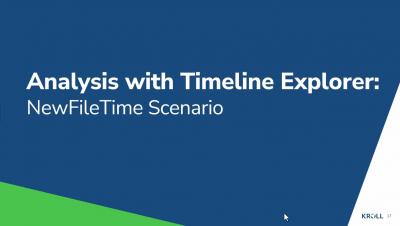What Is Application Security? Trends, Challenges & Benefits
Application security is integral to software development, and the majority of organizations now have dedicated AppSec programs. In the past five years, there has been a marked cultural shift, with application security becoming a strategic initiative that spans departments rather than an activity, like periodic scanning, code reviews, or testing or a transactional event related to a security assessment.




